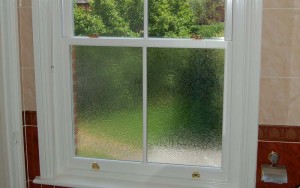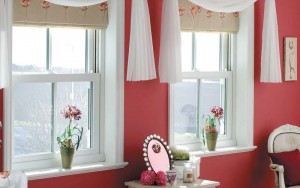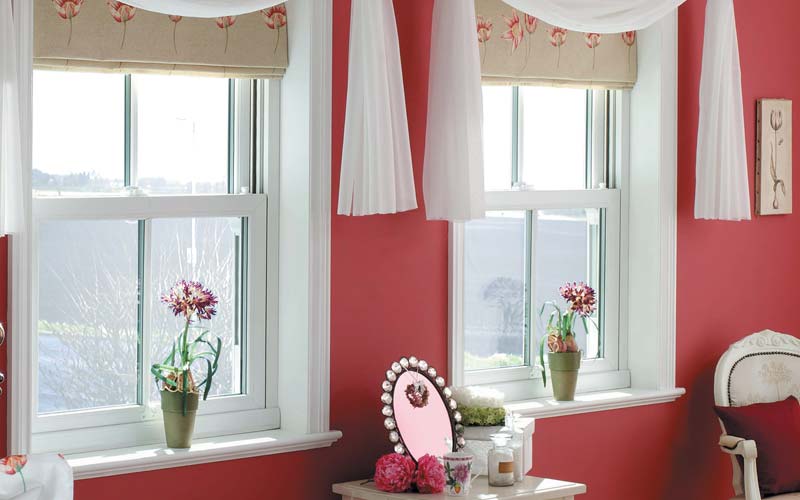
Whether you own your own home – or even if you don’t – damp is a ferocious pest that can lead to many long-term problems if not resolved. The tricky part in stamping out damp is that in some cases, it doesn’t always make itself known. Fortunately, we at Albion Windows can recognise the all-to-familiar symptoms, and in turn are happy to pass on some top tips to help residents better prevent damp and live comfortably.
Primarily a nasty side-effect of too much moisture, in this blog we’ll highlight just some of the ways you can identify whether you have damp in your home, how you go about treating this problem, as well as the harmful issues that can arise should you not. Have you got a damp house? Let’s find out once and for all.
Tell-tale signs that damp is a danger

Water on the inside of your windows
A likely indicator of incredibly high moisture levels in the home, condensation on your windows can easily be detected if the water is forming on the inside of the pane, as well as along the window’s cill. Should this be a common occurrence, the spread of damp can be a realistic possibility – the result of poor insulation and a home open to the elements.
A cold home interior
A symptom you have to feel rather than seek out, if you notice that your property’s walls are unusually cold or wet when touched, this could be due to damp. Any wallpaper will eventually start to flake off and painted walls will likely experience fungal growth or mould. Likewise, paying close attention to the ceiling can be a viable technique. Keep an eye out for brown patches and discolouration.
Mould growth and damp smells
Already alluded to earlier, mould is by far the easiest and most noticeable way to glean whether damp is affecting your home. Black mould can manifest almost anywhere but is most common in curtains, furniture and ceiling should damp be present. In addition to this, a damp, musty smell can also arise, leading to a noticeable cool, wet feeling in the home.
What can you do to prevent the risk of damp

If you’re experiencing damp in your property, the absolute best process to take is to keep your home as warm/insulated as possible. This will help combat any unwanted moisture that frequently plagues your living space, letting you slowly take back your home from the cold air with mould-free walls and windows that are no longer misted up.
Loft and wall insulation is a good initial step towards proper temperature balancing, and if your home’s windows and doors aren’t already double glazed, this is too. This will help your property successfully resist the cold air outside, letting you avoid condensation and the mould that would typically otherwise form. If unsure about your home being warm enough, a frequent thermostat check will do just the trick.
A potential hazard for your health as well as your house
If not remedied, damp can leave family members susceptible to illness, the most common ailment being respiratory problems like asthma. The mould generated by damp generates allergens and other toxic substances that can make their way into air and cause irritation. Inhaling these substances can result in asthma attacks, red eyes, and rashes amongst other problems, meaning that damp is an issue that should not be overlooked by any home, but particularly those with small ones.
Improvement services from Albion that always raise, never dampen, your spirits
If you’re a homeowner concerned that damp might have invaded its way into your home, let Albion Windows help with our improvement and insulation expertise. For more information, call the team today on 0208 462 2201 or send us an online message.






